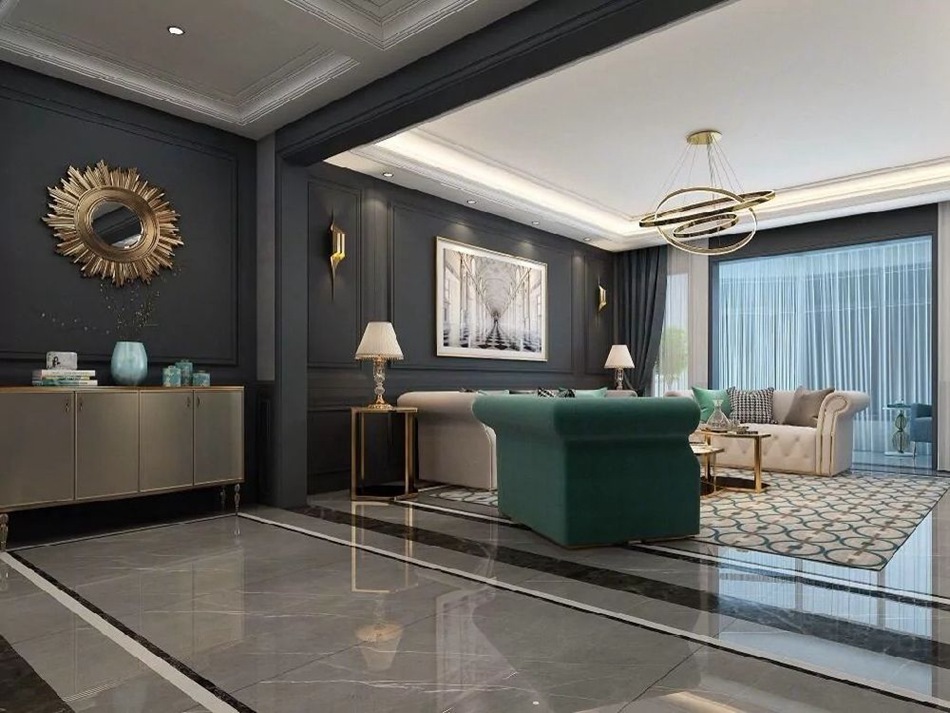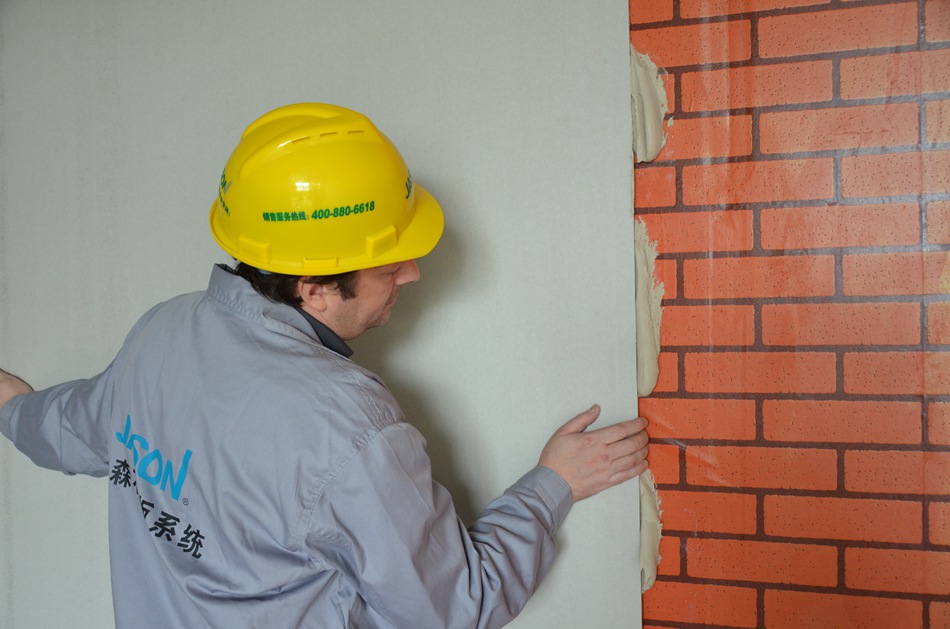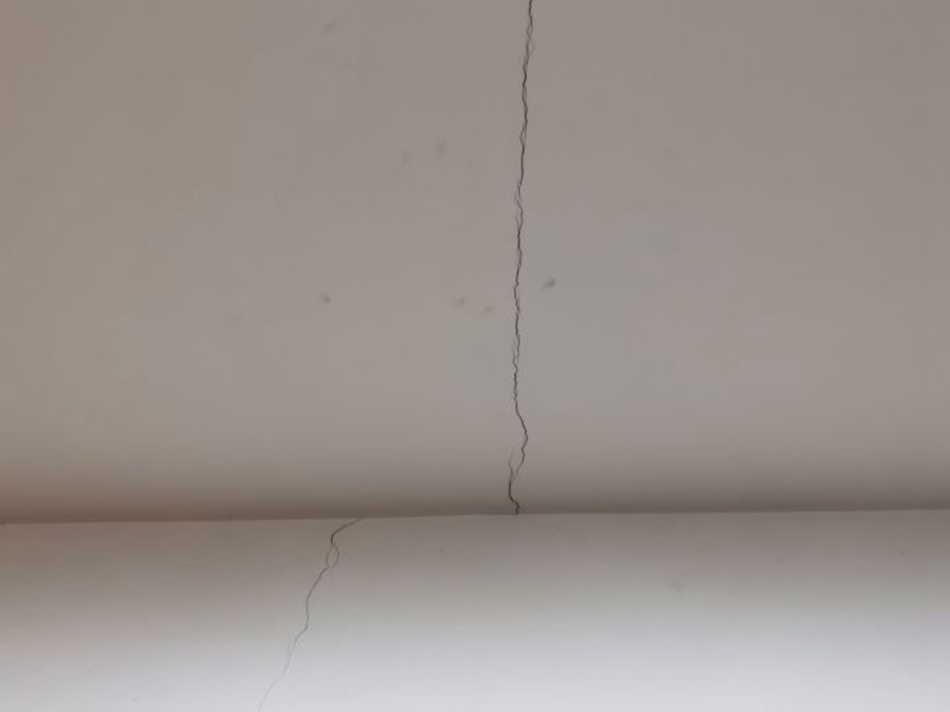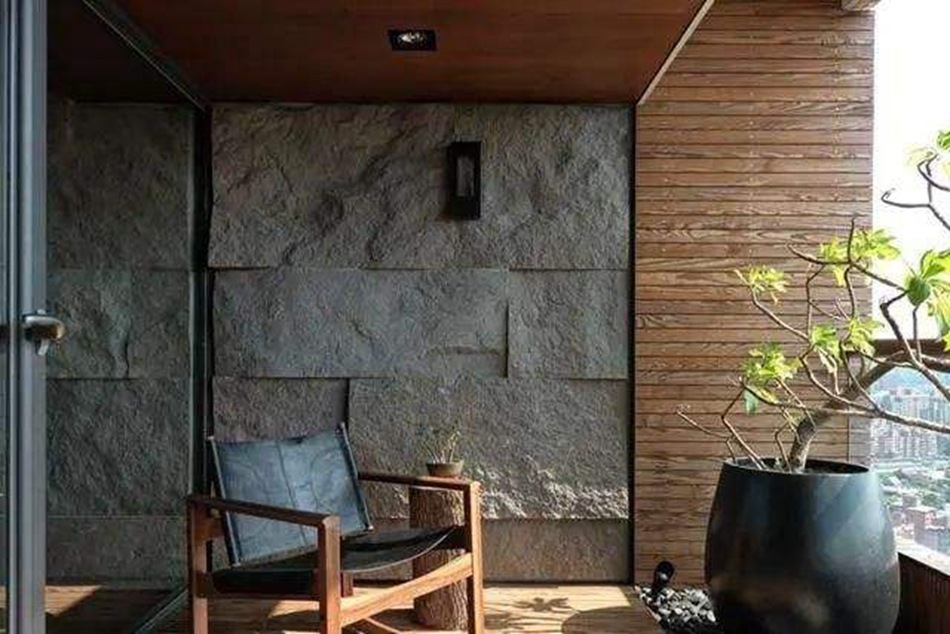- High End Gypsum Board System Solution Provider
What to do if the wall cracks? Finding the right reason is the only way to completely solve it
For home decoration, one thing that residents can't bear anymore and must spend a lot of money and effort to renovate must be solved, which is "wall cracking". Unlike fine cracks on the surface, they generally occur in the putty layer and can be solved by hanging a mesh cloth; Wall cracking often refers to through cracks in the wall, with large gaps that occur in the cement powder masonry layer or even the wall itself. How can we deal with the problem of wall cracking and avoid recurrence in the future? Jason's gypsum board editor will provide a professional analysis and three "clever strategies".

To solve the problem first, it is necessary to identify the problem accurately. To deal with wall cracking, it is necessary to first understand the causes of wall cracking. There are several reasons for large cracks on general walls: 1. Problems with the material or construction of the cement powder masonry layer; 2. Long term ground subsidence or building structure of the building itself; 3. Cracking of the masonry layer caused by water seepage and leakage.

The quality problem of the cement powder masonry layer can be solved by re powder masonry, while the cracking caused by water seepage requires finding the seepage point, knocking off the powder masonry layer of the seepage part, and re powder masonry to make the wall. Both of these reasons are easy to solve. The ground settlement factor alone is a congenital problem, and the building structure and construction quality of the building itself can also affect the cracking of the wall, which is generally unsolvable. This type of cracking is professionally called a "through crack", which is basically caused by factors such as building structure, building quality, and ground settlement. In other words, there is almost no possibility of fundamentally solving the problem, which means there is no solution. After trying to remove the latex paint and putty layer on the wall, carefully observe the cement layer at the crack location to distinguish it. If it is a cement layer crack, it basically does not run away.

In this situation, to completely solve the problem of serious cracks on the wall, even if the cement layer is completely knocked off and redone, it is useless. At most, the cement layer will still crack for three to five years. Unless it is not permanent, this method of treating the symptoms but not the root cause cannot achieve long-term stability. If you want to completely solve it, the only way is to cover it up, which means that if you don't see it, it's clean. No matter how it cracks, if you can't see it, it doesn't matter whether it cracks or not.
As for how to cover it, we recommend three levels of processing methods: low, medium, and high:

1. Firstly, this situation is definitely for self occupied housing, so the most extreme wall stickers and other options for rental housing are not recommended. Low grade ones can actually be treated by using anti-corrosion wood on the wall (top). In areas where cracks are relatively easy to occur, such as the connection between the balcony and the room, the balcony top, and the shared wall between the bathroom and bedroom, anti-corrosion wood colors and patterns that conform to the overall design style can be used. This achieves a covering effect while also having a good design and decoration effect. It is more convenient to use anti-corrosion wood in modern light luxury or pastoral design effects, and the price is relatively more affordable. The disadvantage is that anti-corrosion wood is not very good in terms of environmental performance. If anti-corrosion wood is used extensively, it may still cause air emissions to exceed the standard within a few months after construction. Therefore, it is best not to use it in the bedroom.

2. The compromise solution is the "bonded gypsum veneer wall gypsum board system" (of course, U-shaped metal veneer walls can also be used). In terms of construction convenience, bonded gypsum veneer wall is one of the most convenient methods. This process, originating from Japan, has indeed simplified the veneer wall process that originally required light steel keel and U-shaped clamp to fix gypsum boards. Moreover, due to the characteristics of bonded gypsum, it can fully meet the standards in terms of firmness and flatness. After the construction of this plan is completed, you can apply any desired finishing treatment on the gypsum board, such as latex paint, wallpaper, art paint, etc., so you no longer have to worry about cracking. Jason Gypsum Board Editor kindly reminds that if load-bearing objects such as wall lamps and paintings need to be installed on the wall, it is recommended to use "Jason High Performance Gypsum Based Fiber Board" with high nail grip strength.

3. Tuhao solutions are generally used for villa decoration and club decoration projects. For walls that may crack, angle steel channel steel is directly used as the keel, and the stone dry hanging process is used as the final decoration. Suitable stone materials can be selected according to the overall decoration design. The advantages are obvious and will not be repeated; The downside, besides being expensive enough, is that steel as a keel will take up more indoor space. For example, if the total thickness of the bonded gypsum veneer wall is 4CM, the total thickness of the U-shaped metal veneer wall is 6CM, and the total thickness of the wall's dry hanging stone technology needs to reach about 12CM. Of course, users who can choose this solution generally do not dwell too much on the loss of indoor area.

In summary, the above three wall covering solutions can basically meet the needs of the vast majority of users, and if a bonded gypsum veneer wall system is used, various materials can also be used as the final decorative layer, so that any interior design style can be met. Jason's gypsum board editor suggests that once encountering cracking of the cement powder masonry layer caused by congenital factors, it is better not to hesitate to directly choose a way to cover it, so that it will never have problems for ten or twenty years.
(Some of the images are from the internet. If there is a possibility of infringement, please contact the editor to delete them.)
